How the global drugs trade is changing
‘Increasingly agile trafficking networks’ are behind 23% rise in global drug users, UN report finds
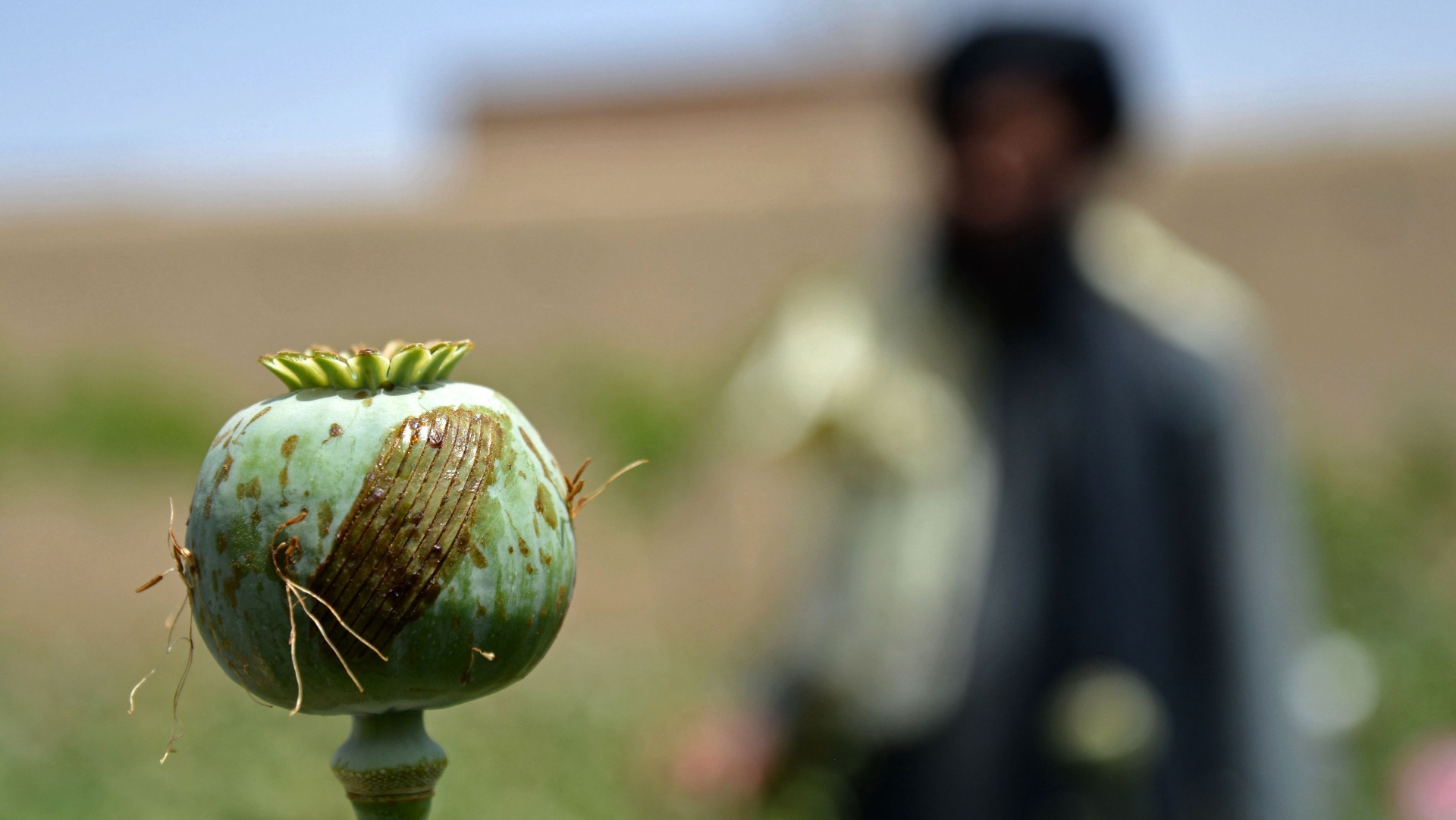
There has been a sharp rise in the number of people taking illegal drugs globally over the past decade as “increasingly agile trafficking networks are compounding intersecting global crises”.
A new report by the UN Office on Drugs and Crime (UNODC) estimated that more than 296 million people used drugs worldwide in 2021, the most recent year for which data is available, a 23% increase on 2011. Only half this increase can be attributed to world population growth during the period, the report added.
While emphasising the importance of improving access to treatment, UNODC executive director Ghada Waly stressed the “need to step up responses against drug trafficking rings” that are “fuelling illicit markets and causing greater harm to people and communities”.
The Week
Escape your echo chamber. Get the facts behind the news, plus analysis from multiple perspectives.

Sign up for The Week's Free Newsletters
From our morning news briefing to a weekly Good News Newsletter, get the best of The Week delivered directly to your inbox.
From our morning news briefing to a weekly Good News Newsletter, get the best of The Week delivered directly to your inbox.
What is driving the drug boom?
Reuters and Al Jazeera both highlighted “booming” cocaine demand and supply and methamphetamine trafficking “expanding beyond established markets” as major drivers behind the increase in global drug use.
The UNODC said a “prolonged surge” in both supply and demand of cocaine “is now being felt across the globe and is likely to spur the development of new markets beyond the traditional confines”.
While the global cocaine market continues to be concentrated in the Americas, Western and Central Europe and Australia, the report concluded that “in relative terms it appears that the fastest growth, albeit building on very low initial levels, is occurring in developing markets found in Africa, Asia and South-Eastern Europe”.
The “cheap, easy, and fast production of synthetic drugs” has also “radically transformed illicit drug markets”, TeleSUR said. In contrast to cocaine use, almost 90% of methamphetamine seized worldwide was in just two regions – East and Southeast Asia and North America – although trafficking has increased elsewhere, such as the Middle East and West Africa.
A free daily email with the biggest news stories of the day – and the best features from TheWeek.com
Overall, the UNODC estimates that globally around 22 million people use cocaine, 36 million use methamphetamines, while about 60 million and 219 million people use opioids and cannabis, respectively. Just over 13 million people injected drugs in 2021, 18% higher than previously estimated.
What is the impact?
The increase in global drug users has been outpaced by the number of people suffering from drug use disorders, which Euronews said had “skyrocketed” to 39.5 million worldwide in 2021, a surge of 45% over the decade.
“Young people are the most vulnerable to drug use and are disproportionately affected by substance use disorder,” said The National, with 70% of people in treatment in Africa under the age of 35.
The World Health Organization estimates that nearly 500,000 deaths are linked to drug use globally each year. In North America specifically, fentanyl has “drastically altered the opioid market” with “dire consequences”, said Relief Web. In 2021, the majority of the approximately 90,000 opioid-related overdose deaths in North America involved illegally manufactured fentanyls.
The UN report also emphasises how the drug trade is fuelling the operations of extremist groups around the world. In the Sahel region of northern Africa, for example, drug sales serve as a financial lifeline for non-state armed actors and insurgency groups.
In Afghanistan, which supplies about 80% of the world’s opium used to manufacture heroin, the Taliban has issued a ban on poppy cultivation, which the report predicts will “have implications for opiate markets in virtually all regions of the world”. It has also indicated a shift in Afghanistan’s drug economy towards the increased production of methamphetamines.
What is the solution?
Cocaine seizures have “grown faster than production, containing the total supply to some extent”, reported Reuters, but the UN continues to emphasise the importance of treatment in countering the effects of growing drug use.
Only one in five people suffering from drug-related disorders received treatment for drug use in 2021, the UN found, with executive director Waly claiming support “is failing to reach all of those who need it”.
In Afghanistan, which is home to nearly 4 million drugs users or close to 10% of the total population, “the worsening crisis has left most of the country’s drug treatment and rehabilitation centres struggling to cope”, said UN News.
Inequalities in access and availability of controlled drugs for medical use also persist, particularly for pain management. The disparity is “particularly prevalent between the global North and South and across urban and rural areas, making some people feel the negative impact of drugs more than others”, Relief Web reported.
Highlighting the extent of the challenge, the impact of increased drug use is also being felt on the UNODC’s own doorstep, with Euronews reporting a “significant increase in drug-related deaths” in Vienna, where the UN body is based.
-
 Ssh! UK libraries worth travelling for
Ssh! UK libraries worth travelling forThe Week Recommends From architectural delights to a ‘literary oasis’, these are some of the best libraries around the country
-
 A fentanyl vaccine may be on the horizon
A fentanyl vaccine may be on the horizonUnder the radar Taking a serious jab at the opioid epidemic
-
 The 8 best comedy TV series of 2025
The 8 best comedy TV series of 2025the week recommends From quarterlife crises to Hollywood satires, these were the funniest shows of 2025
-
 A fentanyl vaccine may be on the horizon
A fentanyl vaccine may be on the horizonUnder the radar Taking a serious jab at the opioid epidemic
-
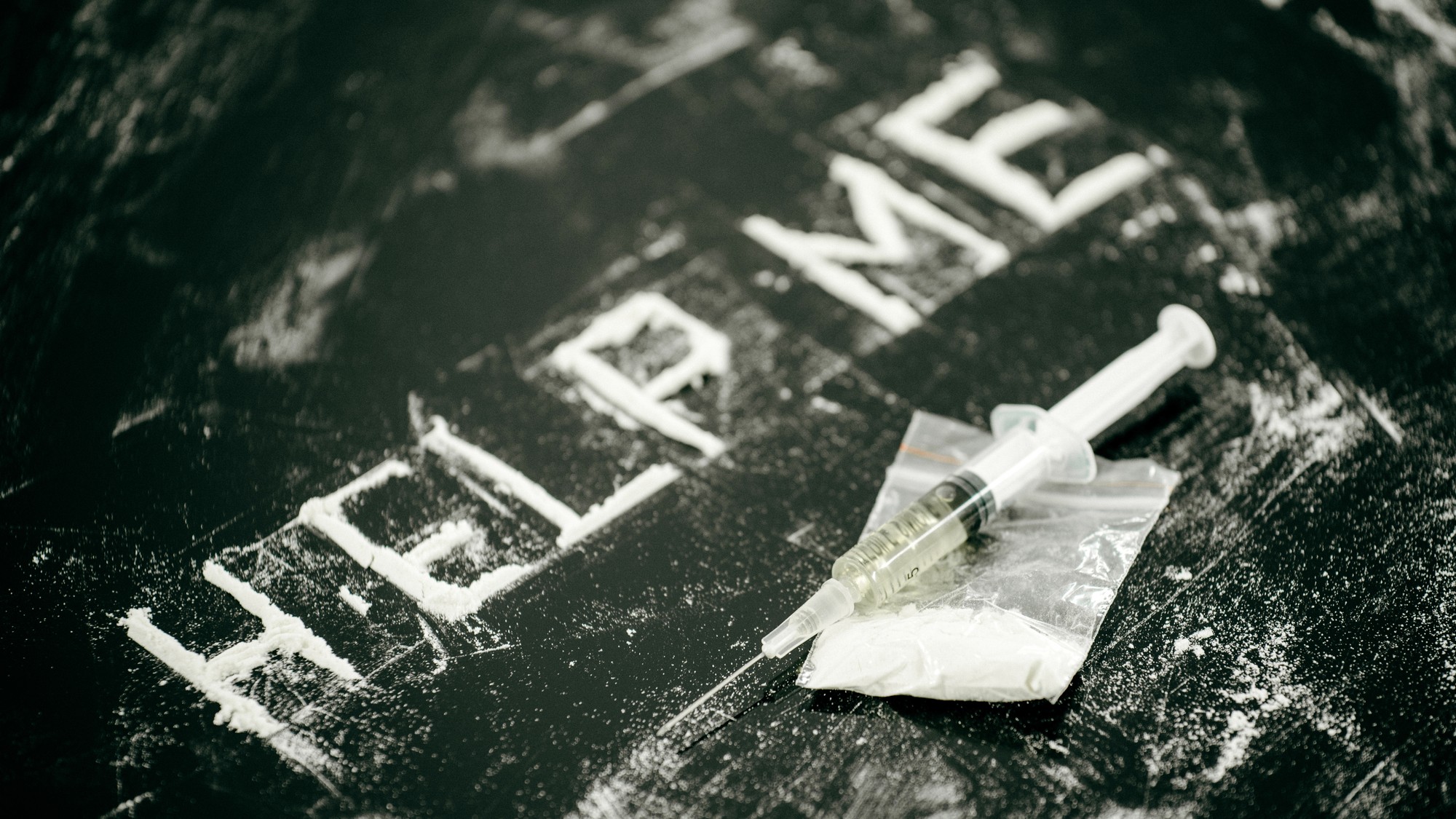 Nitazene is quietly increasing opioid deaths
Nitazene is quietly increasing opioid deathsThe explainer The drug is usually consumed accidentally
-
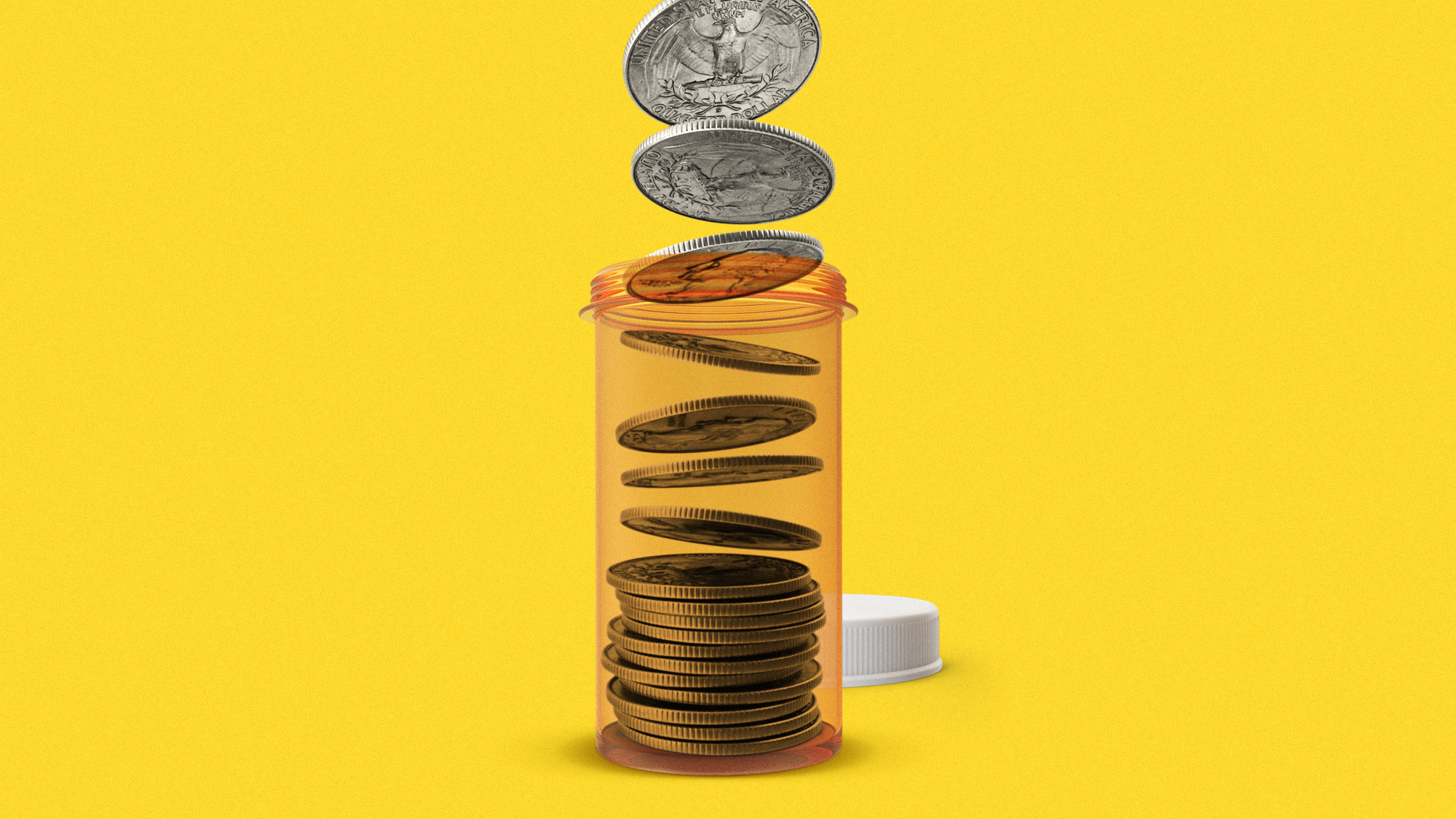 Can TrumpRx really lower drug prices?
Can TrumpRx really lower drug prices?Today’s Big Question Pfizer’s deal with Trump sent drugmaker stocks higher
-
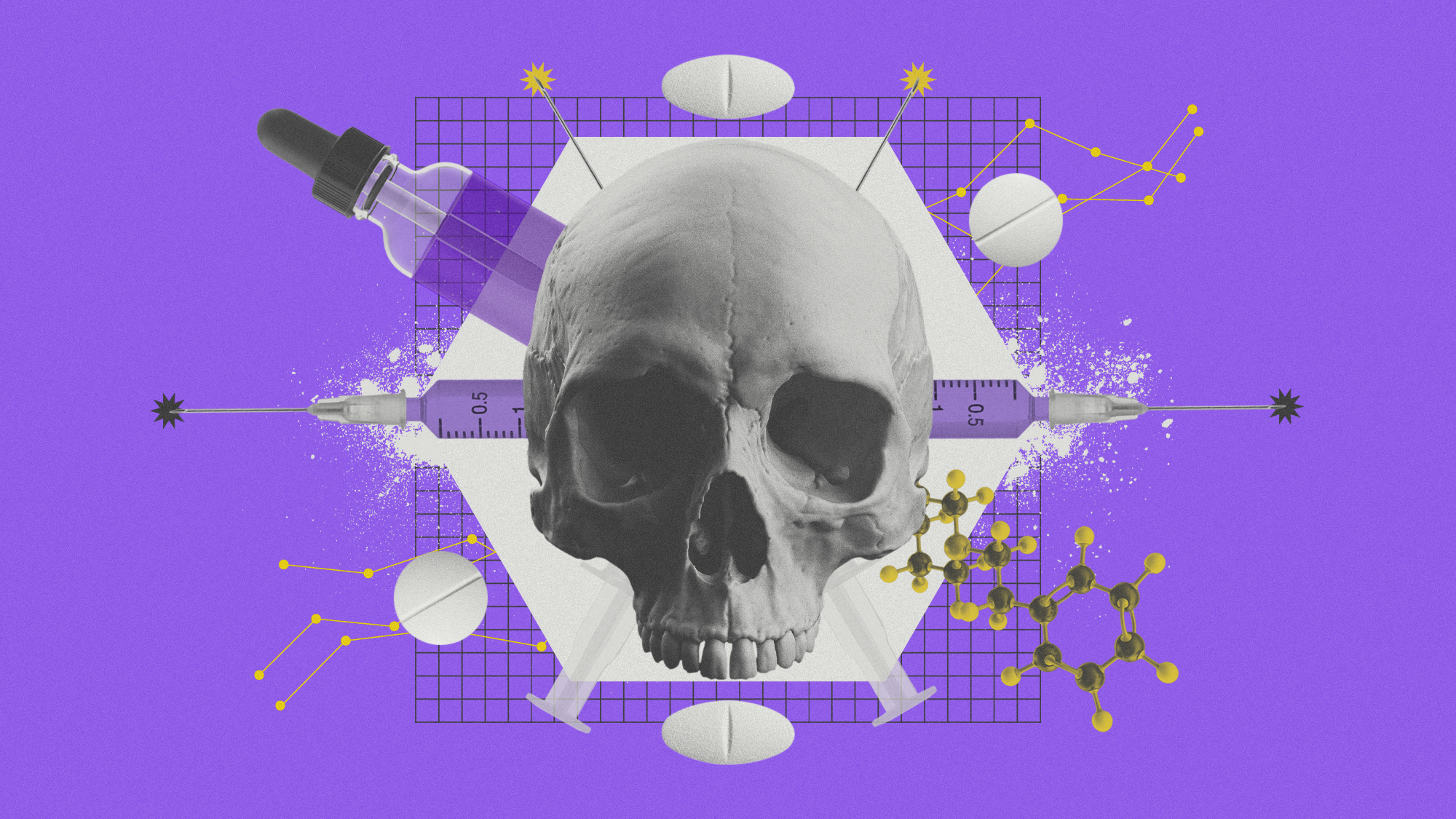 The UK’s opioid crisis: why the stats don’t add up
The UK’s opioid crisis: why the stats don’t add upThe Explainer A new report has revealed that the UK’s total of opioid-related deaths could be much greater than official figures show
-
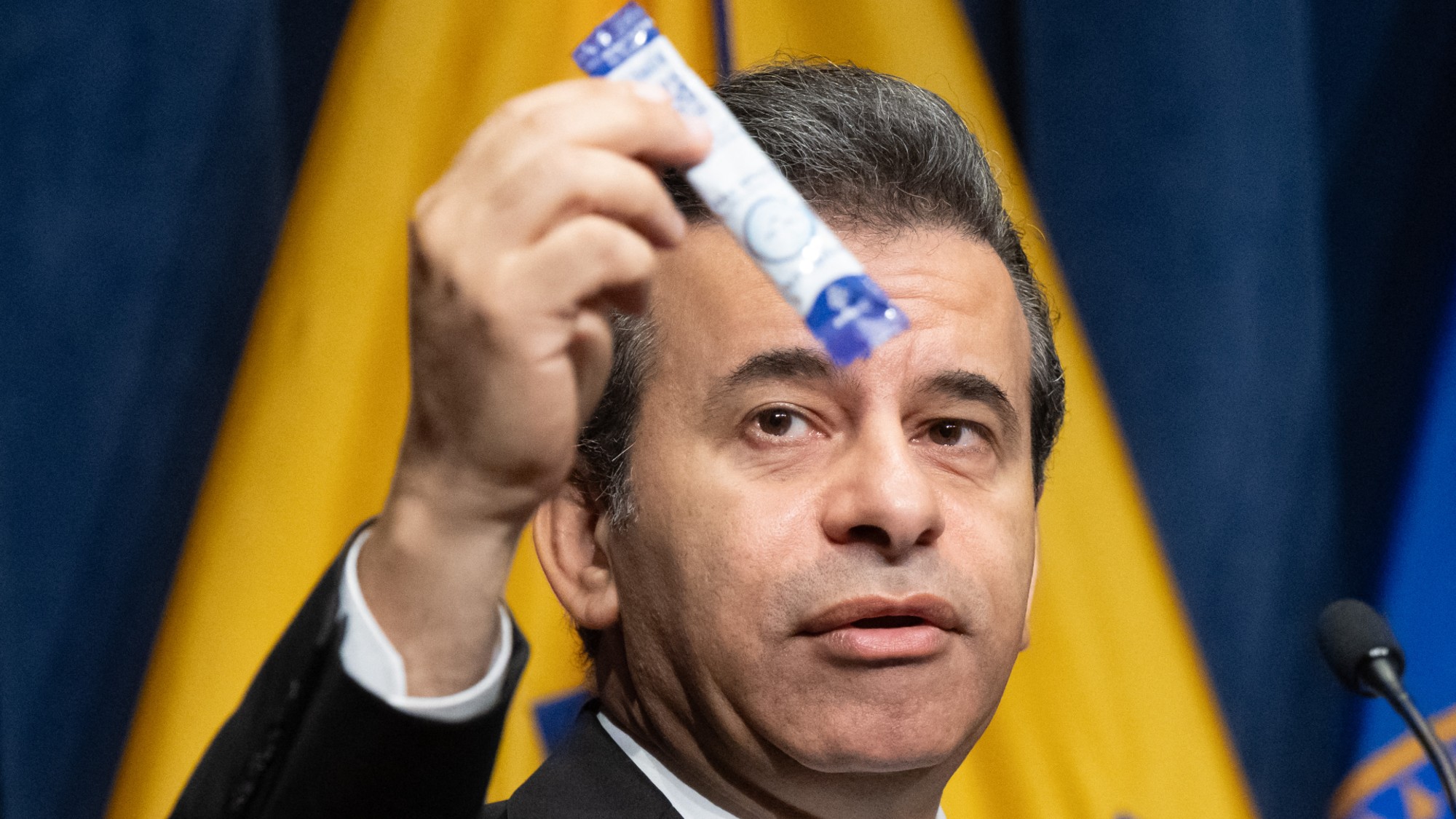 Why the FDA wants to restrict kratom-related products
Why the FDA wants to restrict kratom-related productsIn the Spotlight The compound is currently sold across the United States
-
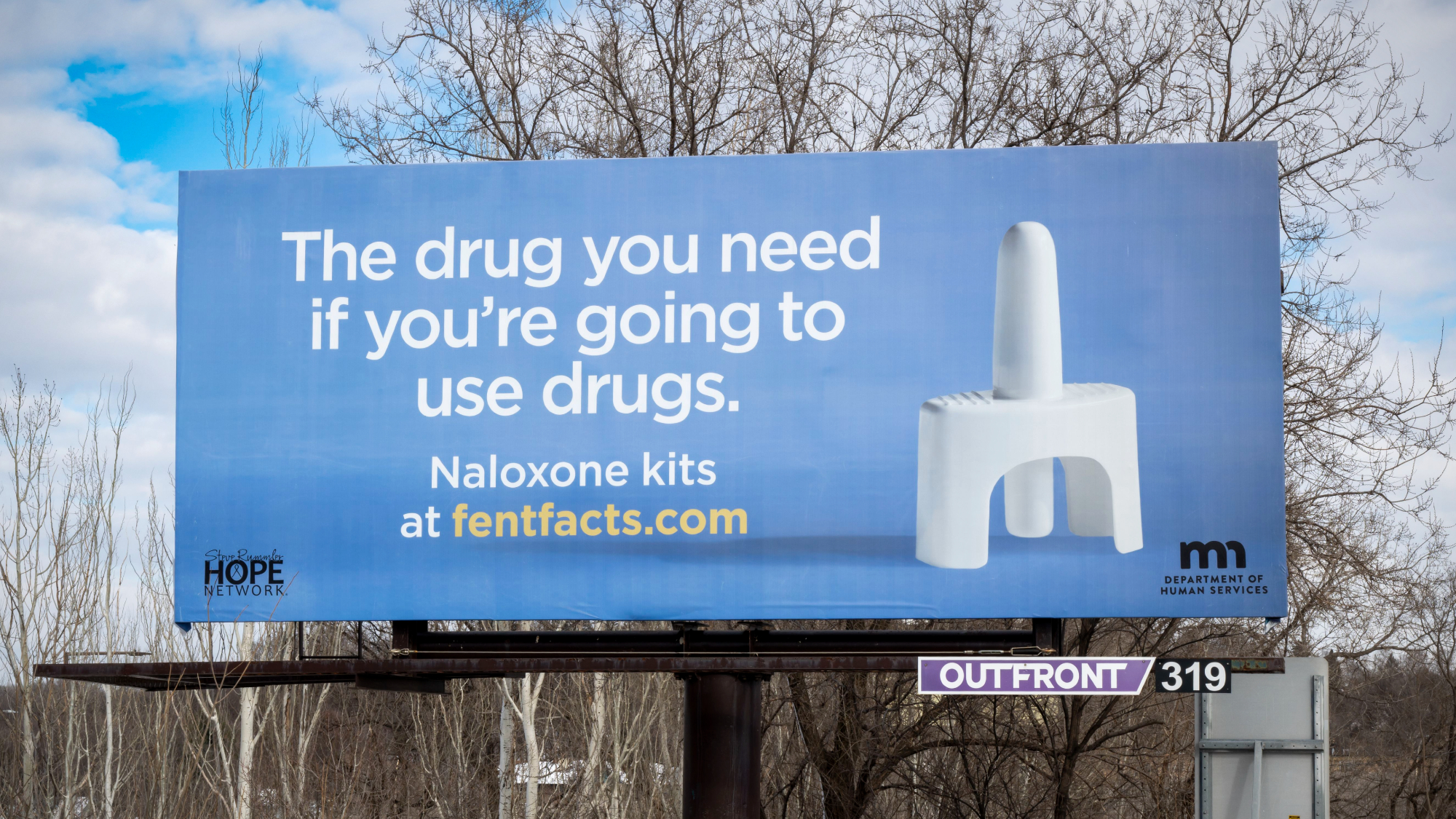 US overdose deaths plunged 27% last year
US overdose deaths plunged 27% last yearspeed read Drug overdose still 'remains the leading cause of death for Americans aged 18-44,' said the CDC
-
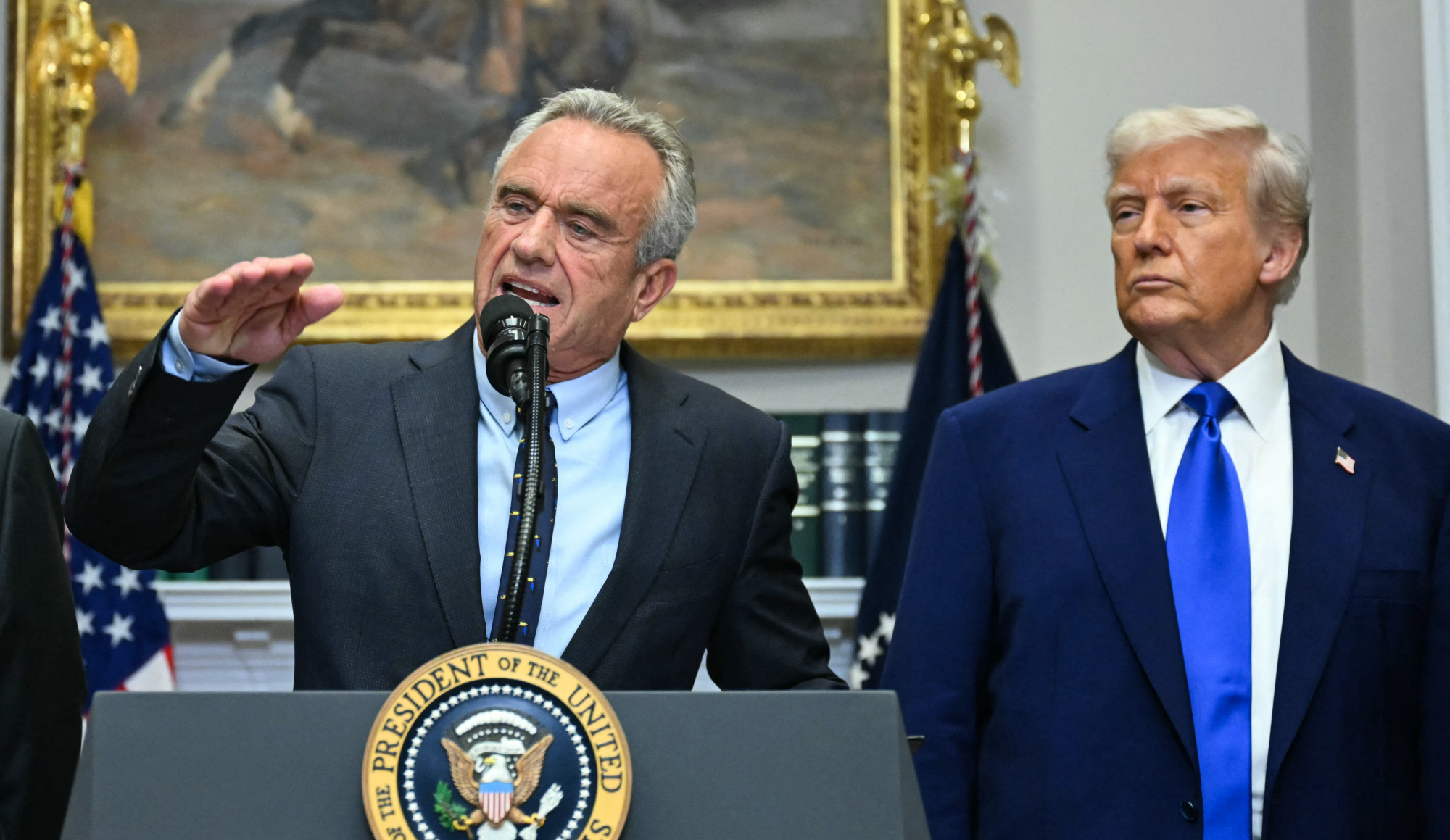 Trump seeks to cut drug prices via executive order
Trump seeks to cut drug prices via executive orderspeed read The president's order tells pharmaceutical companies to lower prescription drug prices, but it will likely be thrown out by the courts
-
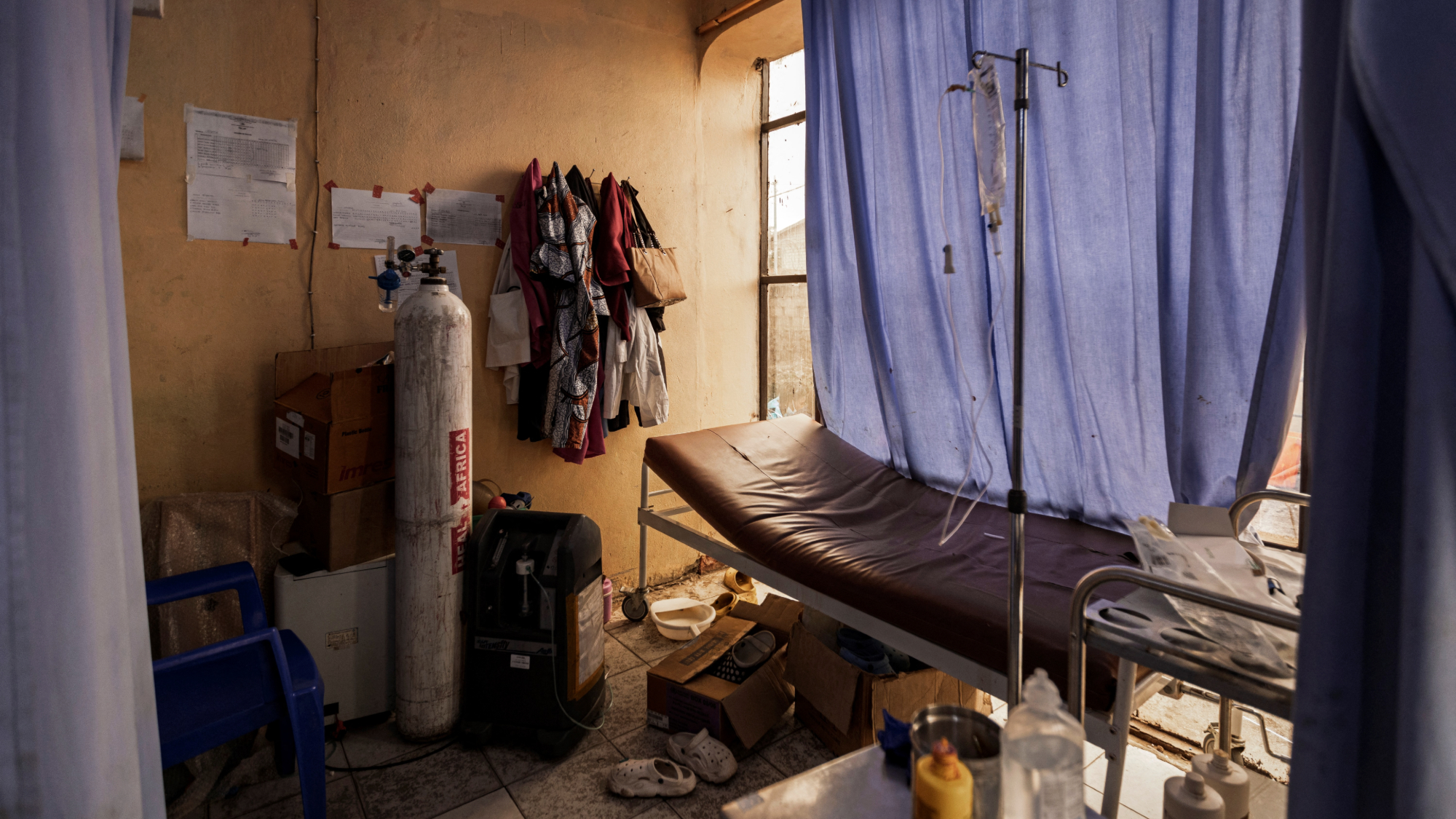 Mystery illness spreading in Congo rapidly kills dozens
Mystery illness spreading in Congo rapidly kills dozensSpeed Read The World Health Organization said 53 people have died in an outbreak that originated in a village where three children ate a bat carcass